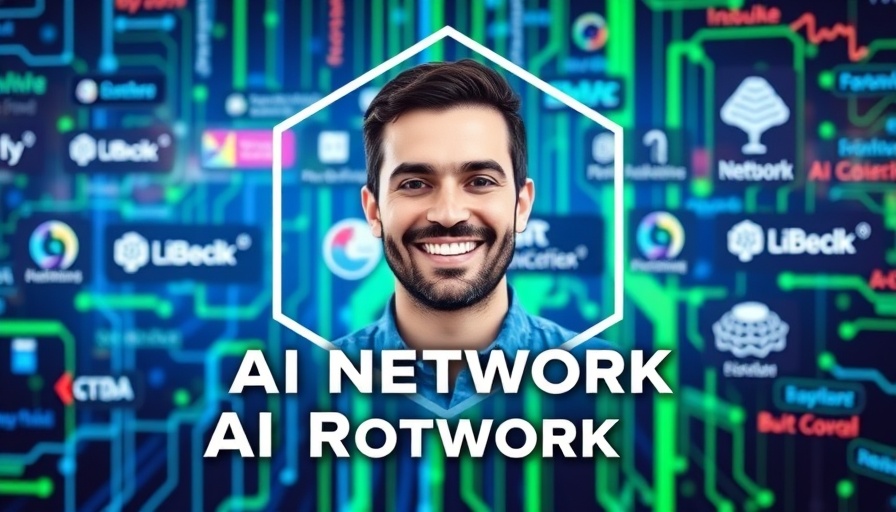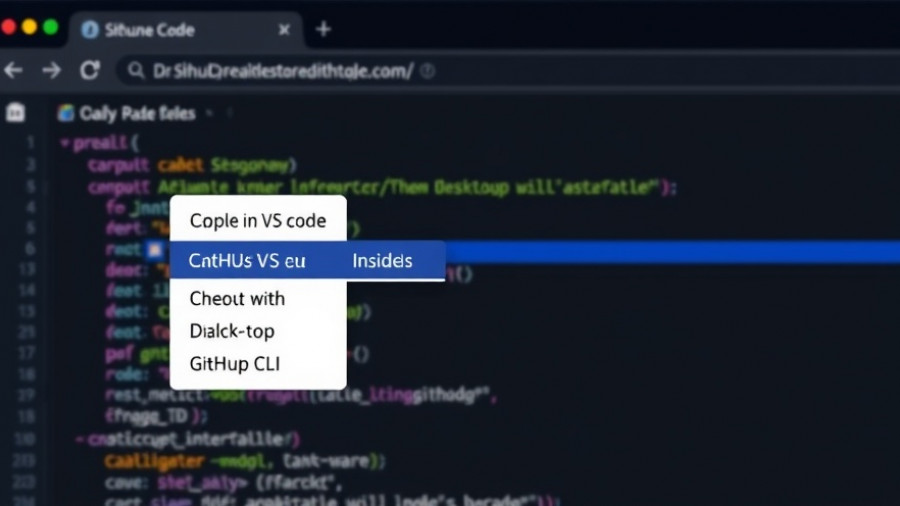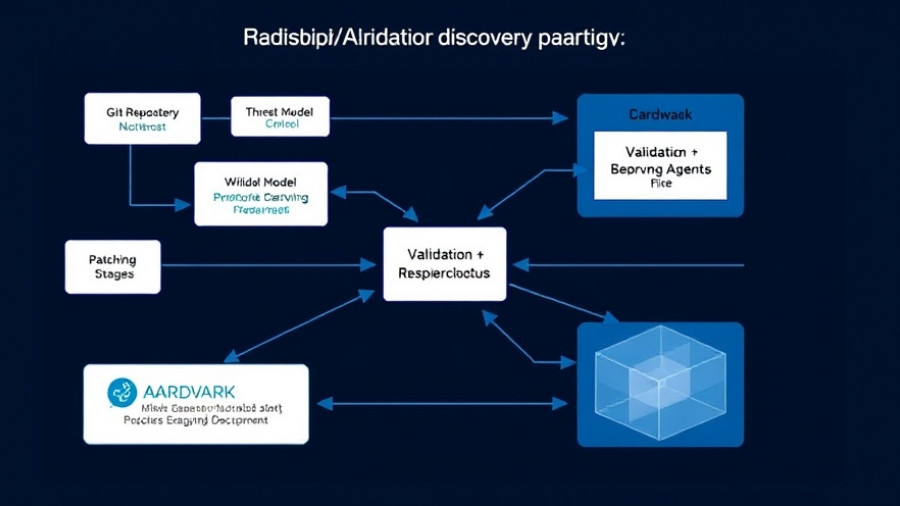
Unleashing the Potential of AI Through Decentralization
In a world dominated by technological giants, the advent of Morpheus stands as a refreshing beacon of hope for AI enthusiasts and developers alike. Morpheus is not just another network; it is a revolutionary approach to artificial intelligence that champions transparency, decentralization, and community empowerment. As artificial intelligence continues to shape our lives, the question arises: can we unlock its full potential while keeping it accessible to all?
Understanding the Need for Decentralized AI Agents
The current landscape of AI is fraught with limitations. Major tech companies control vast amounts of data and research, resulting in a centralized model of AI development that is often off-limits to smaller players and innovative ideas. This creates a scenario where cutting-edge technologies remain locked away, more often than not, behind high paywalls and inaccessible interfaces for the average developer or user.
Morpheus aims to break these barriers by establishing agentic AI that empowers individual developers and users through a decentralized framework. By employing the Lumerin protocol, Morpheus facilitates a system where AI models can be shared, modified, and improved upon collaboratively. This open-source approach encourages creativity and innovation while ensuring that everyone has a stake in the AI revolution.
The Role of the MOR Token
At the heart of the Morpheus network lies the MOR token, a digital asset designed to incentivize participation and contribution. When individuals contribute to the Morpheus ecosystem, whether by developing new AI models or providing computational power, they are rewarded with MOR tokens. This not only fosters community collaboration but also mitigates the financial barriers that often hinder independent developers.
This model introduces a unique circle of trust and reciprocity, allowing users to collaborate effectively while ensuring that everyone’s contributions are recognized and rewarded. It also resolves the often one-sided relationship that exists in today's AI development circles, creating a fairer playing ground.
What Makes Morpheus Stand Out?
The Morpheus network is not merely about decentralization; it is about ethical AI development that prioritizes user and community input. Users can exercise greater control by selecting the AI models and agents they want to engage with. They can also contribute to the conversation about what these agents should represent and how they should function.
Moreover, the potential for deep reasoning AI applications within the Morpheus ecosystem opens new avenues for advancement. By facilitating AI agents capable of engaging in deep reasoning, developers can create solutions that can think critically, analyze complex problems, and generate smarter outputs tailored to specific needs.
The Future of AI with Morpheus
As Morpheus lays the groundwork for a decentralized AI landscape, the future appears bright for developers and users. The ongoing collaboration will not only revolutionize the way AI is created and accessed but can also inspire new applications and industries previously thought impossible. This paradigm shift allows voices previously overshadowed by industry giants to rise and be recognized.
Conclusion: Taking Action with Morpheus
The birth of the Morpheus network heralds a new era in AI where anyone—from the tech-savvy entrepreneur to the casual coder—can participate in the creation and evolution of AI models. As we navigate this landscape, the urgent need for decentralized, open-source AI grows ever clearer. Now is the time to get involved with Morpheus, explore its offerings, and be part of the change that prioritizes community empowerment in the age of AI. Who knows? The next big AI breakthrough may come from the contributions of someone just like you!
 Add Row
Add Row  Add
Add 




Write A Comment